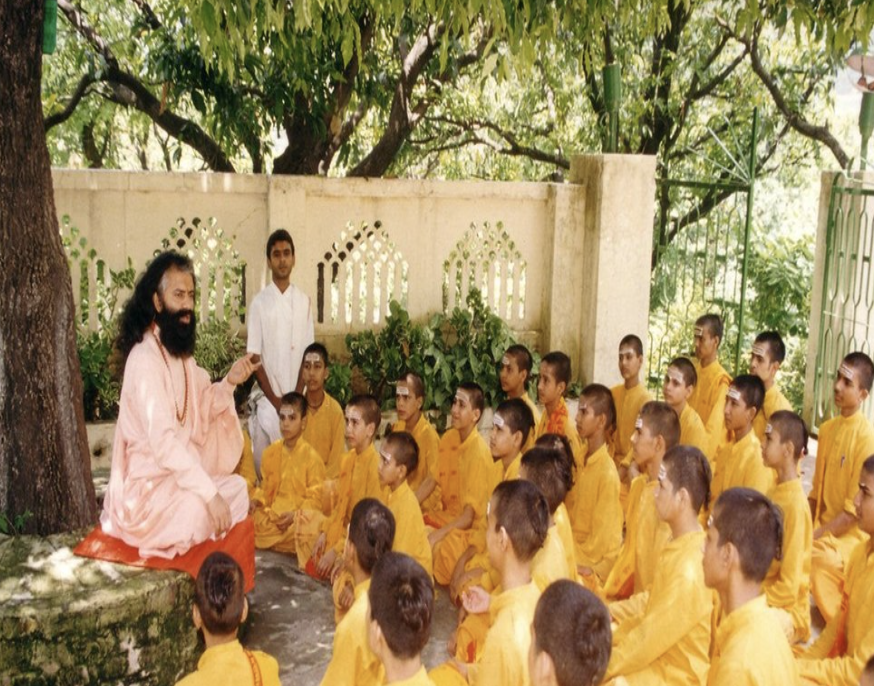By Priyanka Singh
Dear Ishaan, thank you for this very interesting question. To understand this, we will first have to understand ancient India’s education system. Let this fascinating journey begin:
Education in ancient India began around the 3rd century B.C. It was the time when sages and scholars used to impart knowledge on subjects like ephemerality (lasting for a short time) of life, futility of mundane worldly pleasures, etc. in a gurukul, temple, or tol. In a gurukul style of teaching, education was imparted orally, and the students were encouraged to learn via Chintan (contemplation) and discussions. The students, as young as 8 years old, would leave their house to stay with their teacher after an initiation ceremony called Upanayana. They learnt by observing the teacher’s way of living, and problem solving. The students also learnt Vedic literature such as the Vedas and the Upanishads.
The period of Vedic literature was followed by the period of Sutra literature. It falls between 600 B.C. and 200 B.C. During this time subjects such as philosophy, morals, law, or grammar were taught in aphoristic way (brief phrases which express an opinion or impart wisdom without flowery style of a proverb). During this time many kings and society took an active interest in promoting education. Small institutes started to form to teach the Sutra literature. Many parents too started sending their children to these institutes to gain higher education. With time, these small institutes became universities. Some of the most prominent universities of this time are – Taxila, Ujjain, Nalanda, Benaras, Ballavi, Ajanta, Madura, and Vikramsila. Takshashila or Taxila was known for medicine and Ujjain for Astronomy.
To summarize, the ancient education system in India had both formal and informal elements to it. In the early years of a student’s life, education was imparted at home, in temples, pathashalas, tols, chatuspadis, and gurukuls. People in villages, temples and ashrams would imbibe pious and righteous ways of living in young minds. Universities or Viharas were for higher education. Viharas and Mahaviharas imparted Buddhist system of education. Both the Vedic (medium of instruction-Sanskrit) and Buddhist (medium of instruction-Pali) system of education flourished together in this era.

Gurukuls, also known as Ashrams, were the residential centres of learning. The gurukuls were situated in peaceful jungles, mountaintops etc. Guru and Shishya lived together and helped each other in their day- to-day life.
Women too had access to education in the early Vedic period. Some of the acclaimed women scholars of this era are – Lopamudra, Maitreyi, Apala, Gargi, Viswambhara.

